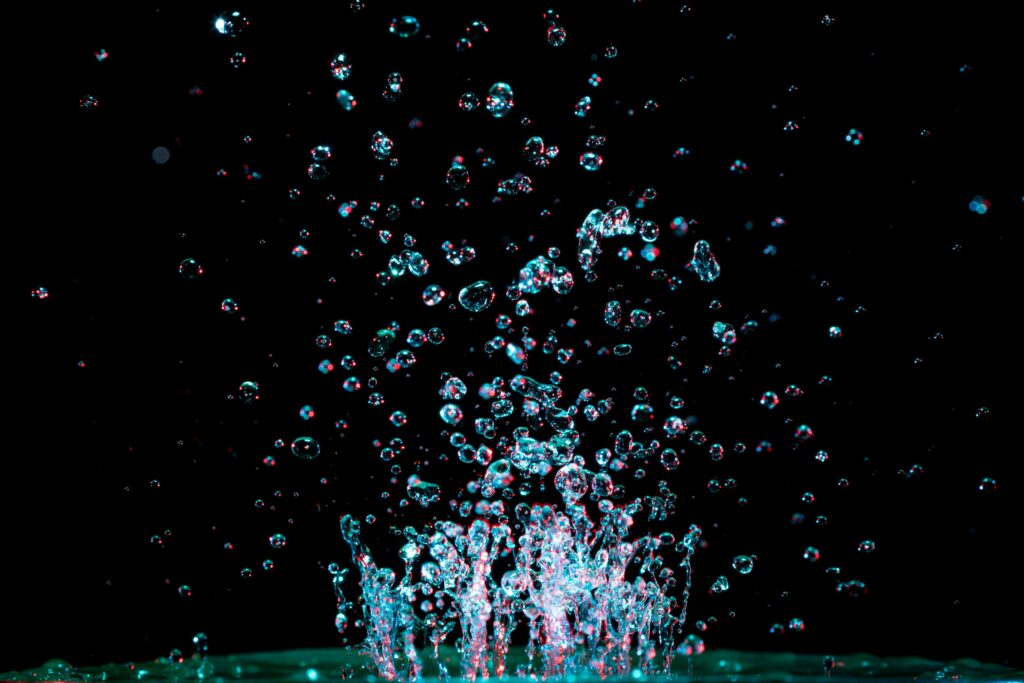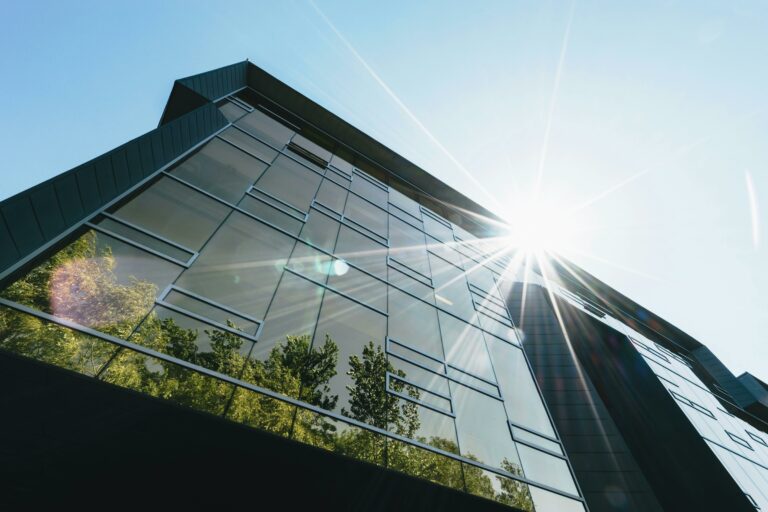
The data centre market is exploding at a rapid rate, mainly driven by the march of artificial intelligence (AI), which currently accounts for around 20% of global data centre capacity, a trend that is on an upward trajectory. On average, a ChatGPT query requires nearly 10 times as much electricity as a Google search, and as a result estimates suggest that by 2030 power demand for data centres will grow by 160%.
Forty percent of this power usage goes towards cooling, with water one of the primary means of achieving appropriate temperatures due to its high efficiencies, particularly at scale. A study by the University of California found that ChatGPT consumes four times more water than previously estimated, using two litres for every 10 to 50 queries.
You might be forgiven for thinking that the UK’s largely wet climate is immune from water preservation concerns; this is not the case. Labour’s first artificial intelligence growth zone will be sited close to a planned reservoir serving Oxfordshire and the south east, an area of the country most at risk from running out of water.
Even without a big increase in AI data centres, it is predicted that by 2050, England faces a shortfall of nearly 5bn litres of water a day. Currently, most data centres rely on potable, highly regulated drinking water. During the summer months, when drought conditions become more prevalent, a critical question arises: who will receive priority access to water – the public or data centres?
A study by Uptime Institute revealed that water use in data centres could reach 660 billion litres annually by 2030, a level that is unsustainable without significant changes in infrastructure and water management policies.
While the figures are alarming, it’s unlikely that any of us are going to reduce our reliance on the internet. Thankfully, there are ways to significantly reduce water usage without compromising cooling capacity and efficiency. These include better planning of data centre locations (Amazon has revealed an AI initiative aimed at reducing flood risk in Aragon, in Spain), implementing water re-use and rainwater recycling as part of the cooling system, and taking a preventative approach to maintenance.
Reduce water, save money
Cooling towers, a popular choice for keeping the largest of data centres at the right temperature, are some of the most water wasting systems. The good news is that they use 40% less electricity than air cooled alternatives, the bad news is that this comes at the cost of huge volumes of water.
By recovering this water – up to 70% can be recycled – and harvesting rainwater, sustainability credentials are significantly improved, while also saving money; so much so that typically a water recycling system can pay for itself in less than six months. For every cubic metre of water recovered, £2 is saved and with data centres commonly using thousands of litres of water a day, the financial benefits soon stack up.
This approach can actually serve to improve efficiency, too. In the process of recycling water it is cleaned and filtered, often ending up purer than when it first came out of the mains. The cleaner the water the better it serves the data centre – build-up of debris and bacteria can negatively impact cooling system operations. Bacteria such as Legionella also has the potential to pose human health risks. Cooling towers are described as ‘open’ systems, which means water is exposed to the elements and people.
What’s crucial going forward is that data centres are built and managed with a focus on conservation, which when it comes to water, could also improve overall operations.
In closed cooling systems, more commonly found in smaller data centres, there are still savings to be made, even though the volume of water is far less. Real-time condition monitoring is used to track the parameters that can be indicative of corrosive conditions, such as dissolved oxygen and changes in temperature and pressure, a hidden risk in closed systems which can lead to compromised efficiency and eventual breakdown should corrosion lead to leaks. By tracking these parameters, issues are intercepted before they become major problems.
Real-time monitoring is clearly good for operational certainty. It also has a part to play in water conservation by avoiding unnecessary flushing, where huge volumes of water are forced down pipes to clean out debris and redress corrosive conditions. Very much part of a preventative approach to maintenance, 24/7 monitoring means action is only taken when it is needed, rather than as a routine process.
Over a 10-year period, 24/7 monitoring will save money across the board, reducing energy usage, water wastage and unnecessary site visits. The latest systems are accessible on any internet enabled device, with alerts sent to responsible parties if problems arise.
There’s no going back
The internet continues to change the world and there is almost no part of our existence that doesn’t rely on it in some form or another. Dialling back on the data is not something that can be realistically achieved, and for many the very virtual nature of the digital universe means it’s hard to visualise the environmental impact of seemingly innocuous online activities.
What’s crucial going forward is that data centres are built and managed with a focus on conservation, which when it comes to water, could also improve overall operations.

Milin Patel
Milin Patel is an expert consultant and water technology specialist with Guardian Water Treatment, a Marlowe Environmental Services Group company.


